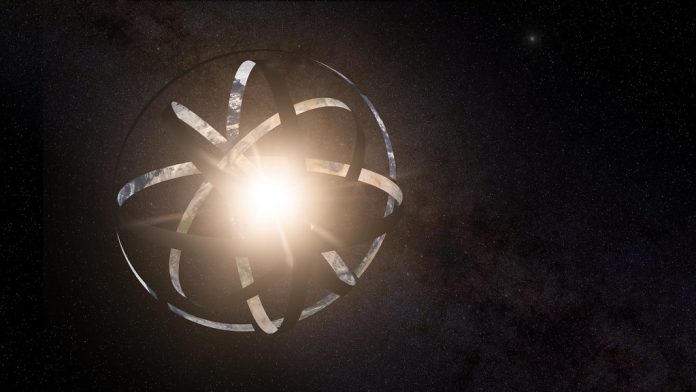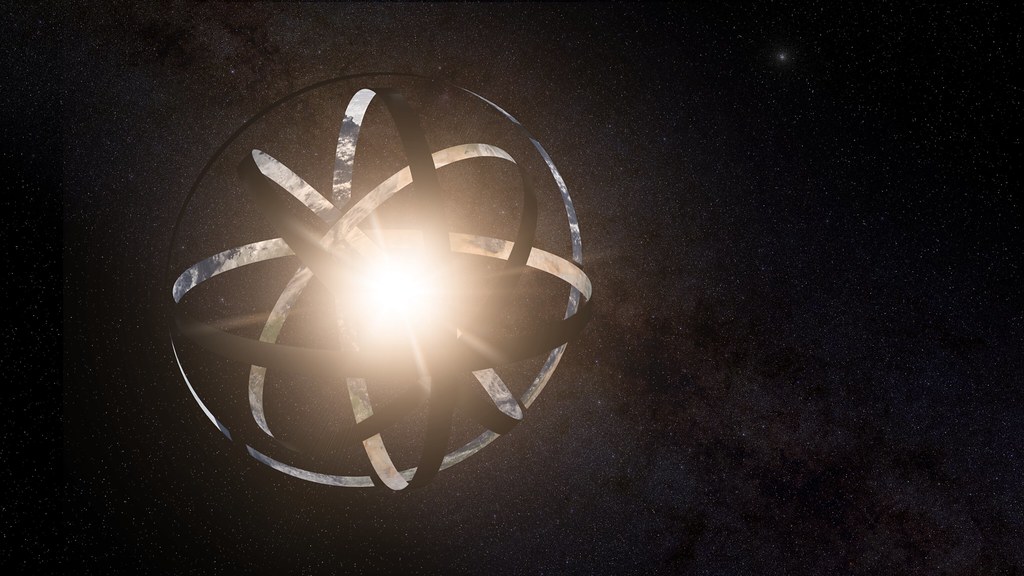
Amidst the vastness of our Milky Way, a small cluster of stars is behaving peculiarly—emitting unusual spikes of infrared radiation that suggest the possibility of alien megastructures known as Dyson spheres.
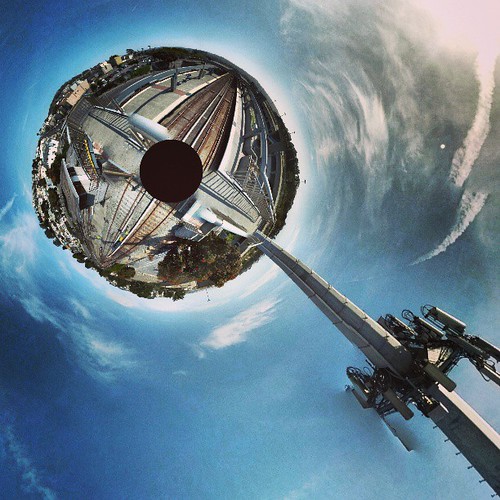
Although the existence of such structures is hypothetical, recent scientific findings have brought this science fiction concept into the limelight of serious astronomical inquiry.

In the dance of celestial objects, it’s not often that scientists stumble upon an anomaly that stirs the imagination quite like the idea of a Dyson sphere—a theoretical construction capable of harnessing the energy output of an entire star.
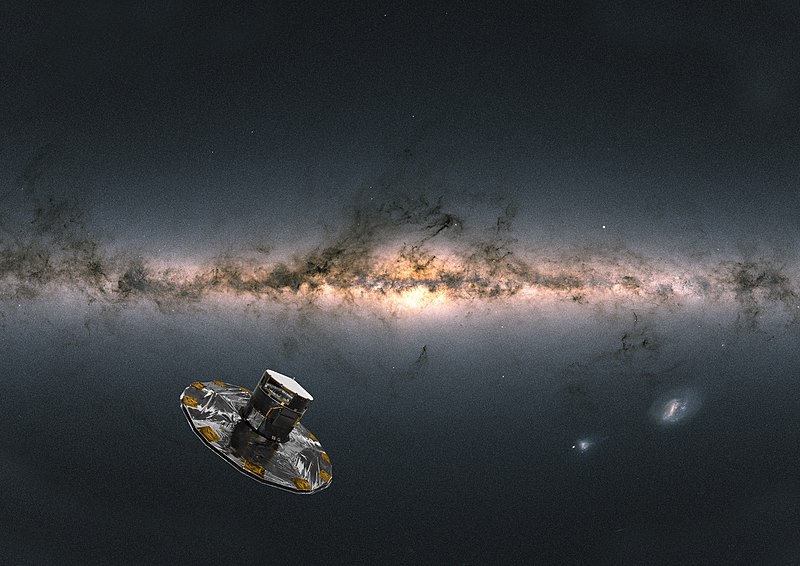
Envisioned by physicist Freeman Dyson in 1960, these gigantic, energy-capturing structures, varying from massive rings to completely enveloping shells, represent an engineering marvel that a highly advanced civilization might employ to satiate its energy needs.
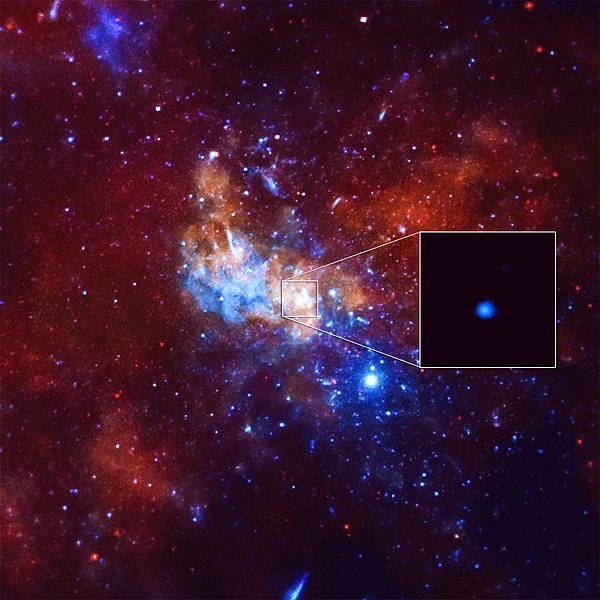
Recent analyses of over five million stars in our galaxy, utilizing data from the European Space Agency’s Gaia spacecraft, NASA’s Wide-field Infrared Survey Explorer (WISE), and Two Micron All-Sky Survey (2MASS), have identified seven M-dwarf stars within 1,000 light-years of Earth exhibiting these curious infrared excess emissions (IEEs).
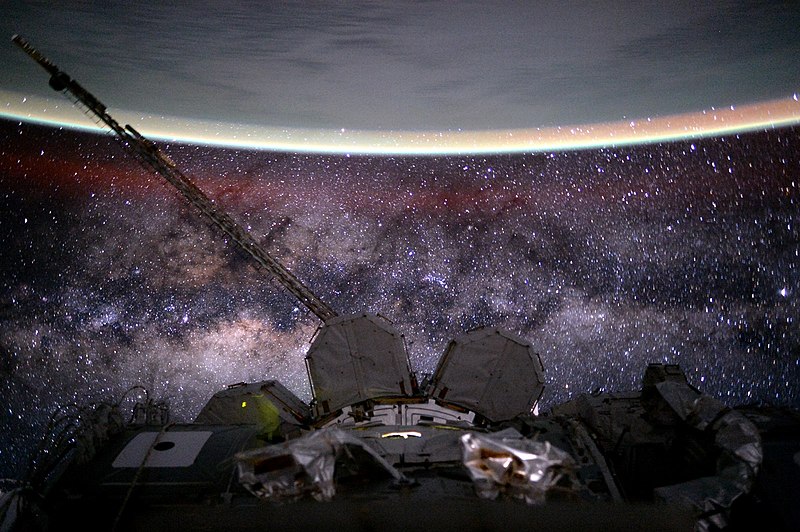
While the presence of a Dyson sphere remains a speculative explanation for these emissions, the discovery has certainly piqued the interest of astronomers who hunt for technosignatures—the calling cards of technologically adept civilizations.
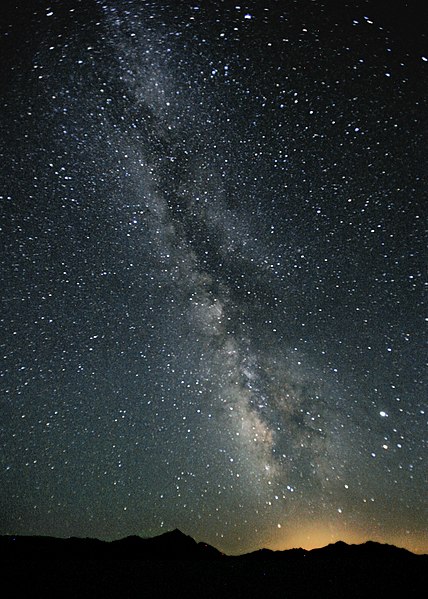
These IEEs are critical clues in this cosmic detective story, as they represent potential waste-heat emissions from massive energy-absorbing structures.
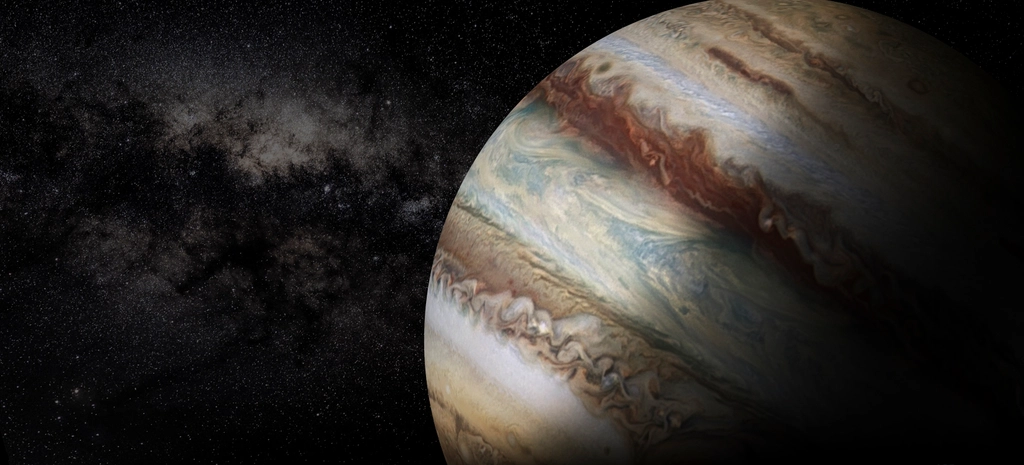
As one of the studies, published in the Monthly Notices of the Royal Astronomical Society, notes, “After analyzing the optical/NIR/MIR photometry of [around 5 million] sources, we found seven apparent M dwarfs exhibiting an infrared excess of unclear nature that is compatible with our [Dyson sphere] model.”
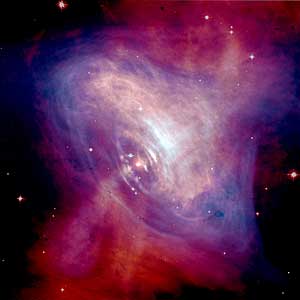
The pursuit of Dyson spheres reflects a more strategic approach to the search for extraterrestrial intelligence (SETI), one that doesn’t rely on the speculative willingness of other civilizations to communicate with us.

The scientific community maintains a healthy skepticism, as these IEEs could alternatively result from more prosaic phenomena, such as extreme debris disks—clouds of rock and dust heated by their stars.
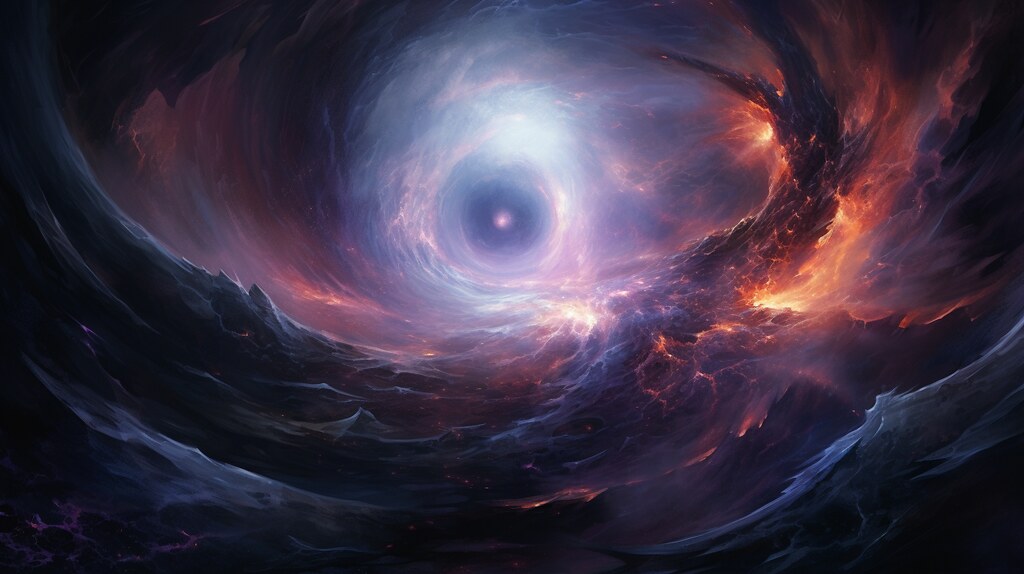
Further research is essential to discern the true nature of these anomalies, but the exciting possibility of encountering structures of extraterrestrial origin continues to drive investigations forward.
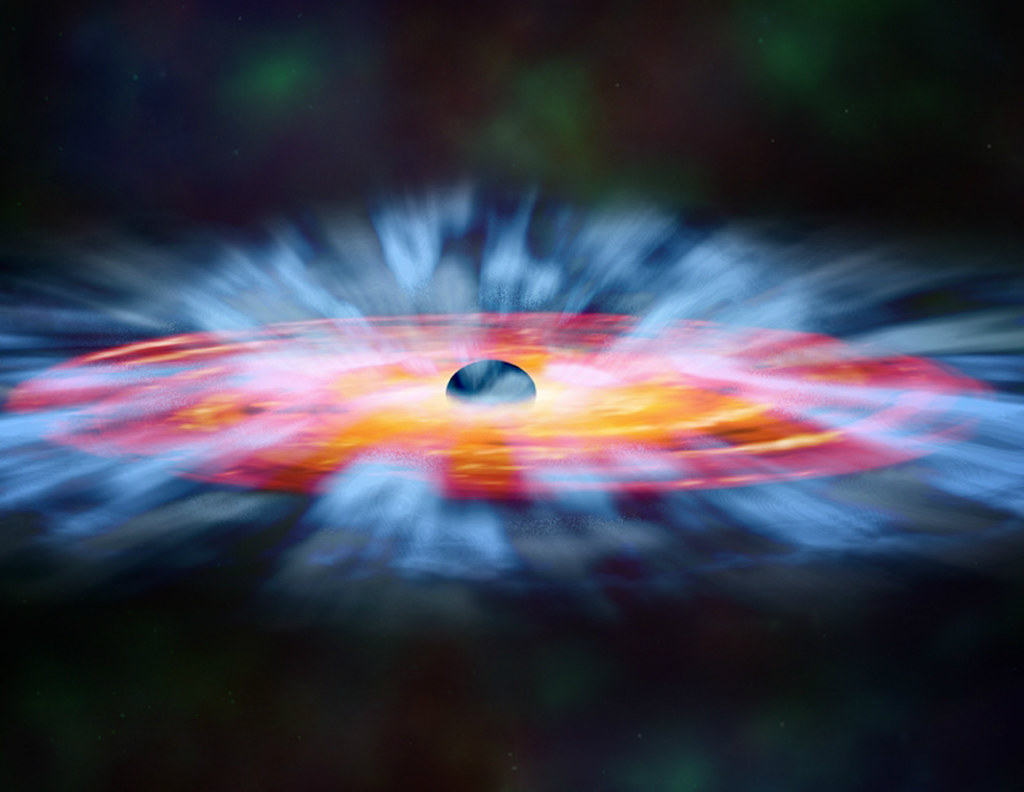
It’s worth acknowledging the grand scale of such a project—were it to be undertaken by an alien society. Given the vast energy output of even the smallest stars, a Dyson sphere represents an astronomical leap in energy collection, far beyond the reach of our current technological capabilities.
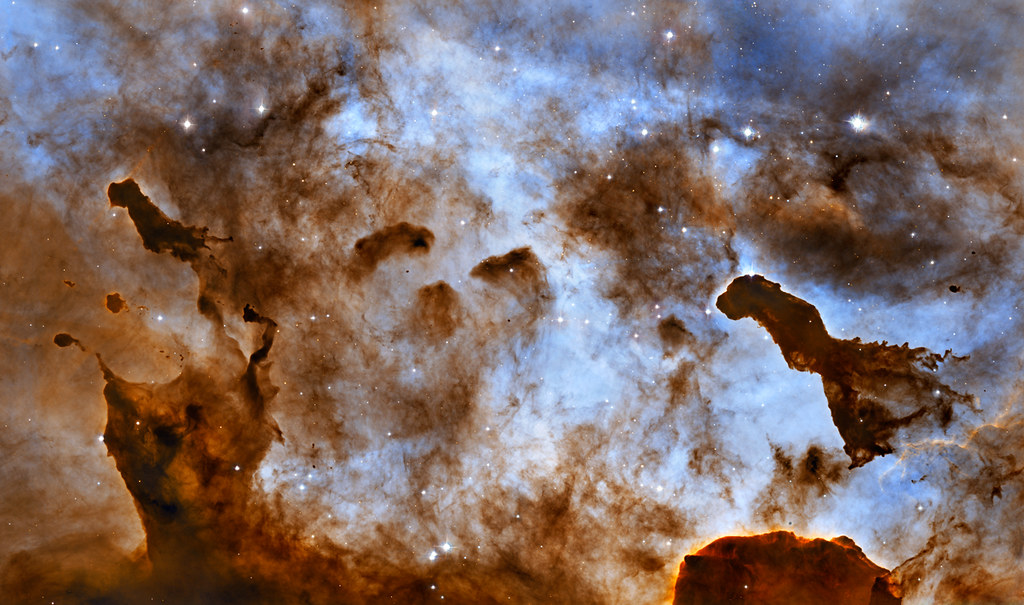
Our own civilization falls into a Type I category on the Kardashev scale, capable of harnessing planetary energy sources, but still light-years away from the Type II civilization that could manipulate stellar power.
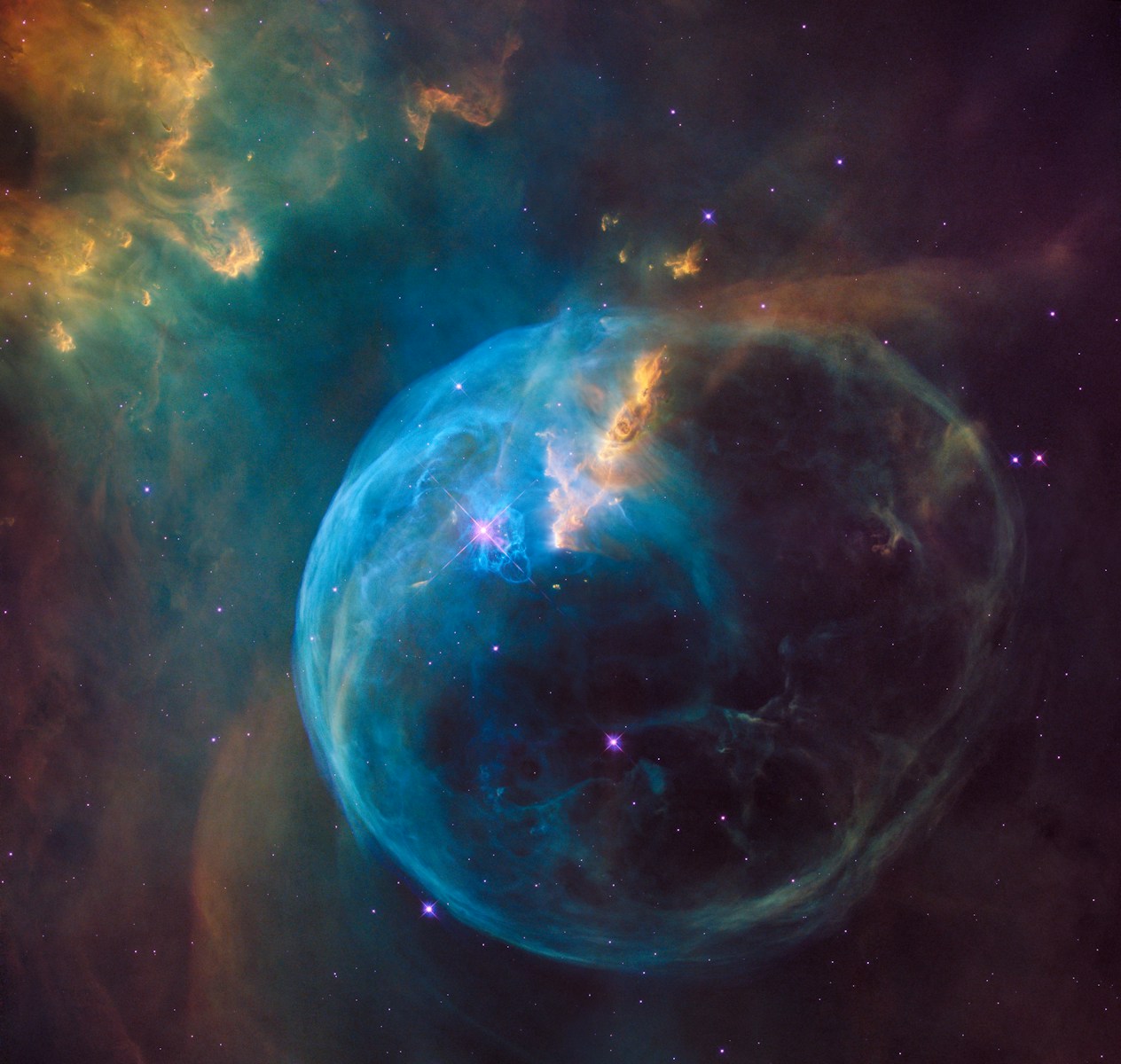
The tantalizing infrared signatures emanating from these M-dwarf stars serve as a cosmic teaser for what might lie beyond our current understanding. While signs point towards natural explanations, the dream of discovering a Dyson sphere remains alive—a testament to our insatiable curiosity and our never-ending quest to comprehend the nature of the universe and our place within it.
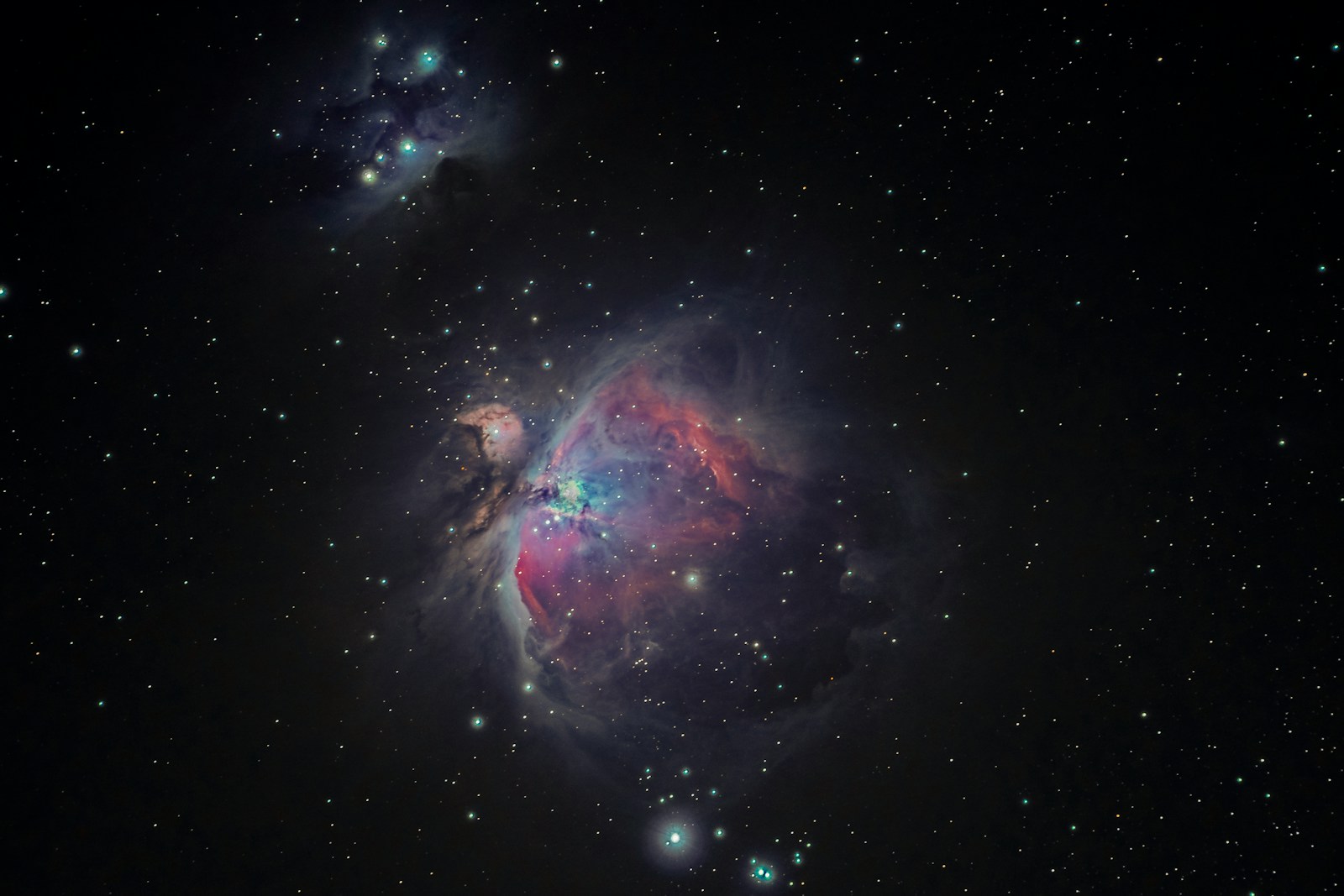
Whether these signals herald the presence of otherworldly architects or the byproducts of natural stellar phenomena, they undeniably fuel the fire of our cosmic fascination.
Relevant articles:
– Alien ‘Dyson sphere’ megastructures could surround at least 7 stars in our galaxy, new studies suggest, Live Science
– Alien Energy-Collecting Megastructures May Have Been Detected Around Stars, Newsweek
– How Dyson Spheres Work, howstuffworks.com
– Two New Searches Find 60 Potential “Alien Megastructures” In Our Galaxy, IFLScience
